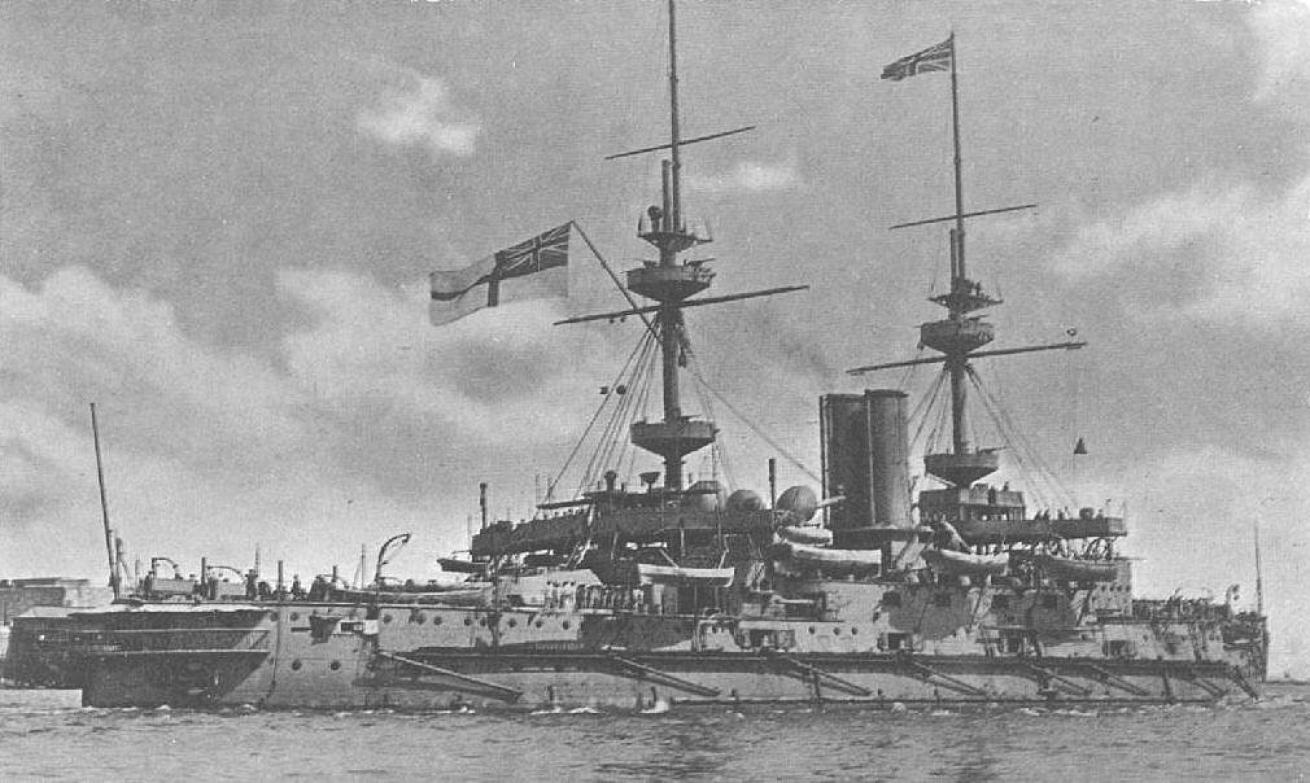New Turkish Marine Park Lets Divers Witness Gallipoli’s Bloody WWI History

Royal Navy via Wikimedia Commons under public domainThe HMS Majestic sank, which sank on May 27, 1915
The great skeletons of once-mighty vessels loom out of the darkness, their secrets hidden deep underwater accessible only to a select group of divers for decades. Until now.
Welcome to the Gallipoli peninsula, site of one of the most tragic of all WWI battles. It was April 1915 when the troops from Australia, New Zealand, France and the UK landed. The plan was to capture this strategic point so their naval vessels could pass into the Black Sea, capture Istanbul, and knock Ottoman Turkey out of the war. The reality was a massacre. Stronger-than-anticipated opposition led to the loss of 130,000 Allied and Ottoman soldiers, as well as numerous ships.
The presence of unexploded bombs and other explosives leftover from the battle rendered it a no-go area for many years, guarded by the Turkish military. Access was limited to a few research divers. In 2017, the decision was made to remove or disable all the explosives in order to convert the site into an underwater park. During the preparation period to open the site to the public, all moveable items were removed from the ships for preservation and the sea floor was comprehensively mapped by Turkish marine archaeologists.
The new Gallipoli Historical Underwater Park opened to divers on October 2.
“There was a great war at sea as well on land at Canakkale. As a result, there is a great history under the sea,” says Ismail Kasdemir, head of the Dardanelles Wars Gallipoli Historical Site. “It has now become a beautiful destination covering an area of 150 square kilometres with 14 different diving points.”
There are 12 ships accessible to divers with in the park. By far the largest and most impressive is HMS Majestic. Built in 1895, it was the largest of the pre-Dreadnought Royal Navy battleships. It was attacked by a U-boat in 1915, near Cape Helles (Seddulbahir), where it sunk, taking 49 marines with it. There are five more Royal Navy vessels to be found within the new diving area: the HMS Irresistable and HMS Ocean, both from 1898, as well as the HMS Louis and the minesweeper HMS Lundy. The HMS Triumph was a relatively new L Class Royal Navy destroyer when it sank, built only one year before the onset of the first World War. It was sunk by Ottoman artillery. Other vessels on site include various barges and smaller vessels. There is just one non-World War wreck: Franco, a freighter carrying asphalt that sank in the 1960’s.
Divers exploring the wrecks for the first time have been overwhelmed by what they have seen.
“It’s a different world,” says Yusuf Kartal, a history expert working with the Directorate of the Gallipoli Historic Site. “You dive in and suddenly you are back in 1915. You see the submerged ships as they were 106 years ago and experience the chaos of war second-hand... The ships bring you back to the moment they sank. You witness the damage that took down colossal ships like the HMS Majestic.”
Barbaros Bagci, head of the diving department at Gallipoliwrecks.com knows the area well. “I was born in Gallipoli and have dived here many times. This is amazing,” she says. “Under the water you can feel history, see the bombs, touch them and swim inside many of the vessels to see them close up. They hold so many stories.”
All the ships lie at different depths, from about 10 feet to more than 1,148 , offering challenges to all levels of diving ability. Visibility is around 65 feet. All dives to the site have to be led by professional guides certified by the Turkish Underwater Sports Federation, such as through Bagci's Gallipoliwrecks.com. It is possible to undertake diving training on site.
“I recommend divers should join a group, see the sites on land and then visit the sites under the sea to see both sides of the battle,” says Bagci. “You need to learn the history, have some idea of the battles, the stories of the ships and how they were attacked.”
There have been hints that the park may be expanded in the future. Nadir Alpasian, Culture and Tourism minister believes that Cannakkale has an important role in history, culture and diving tourism with “people from all parts of the world flocking to this place and it will lead to its further development.”










